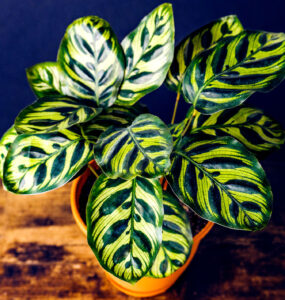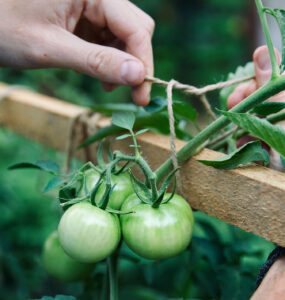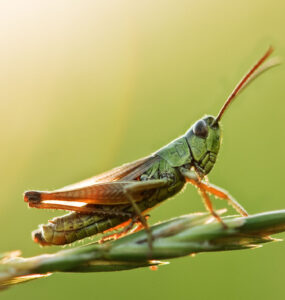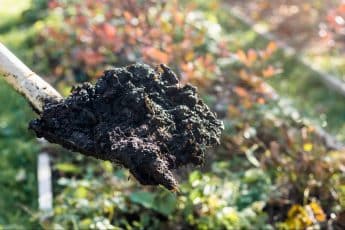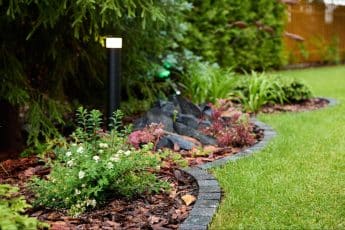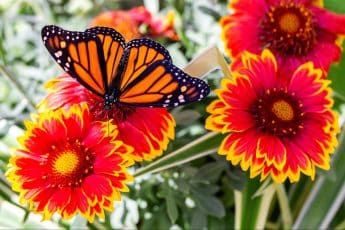Wasps
by Rob Sproule
Few bugs are as universally unwelcome as wasps. As usual, however, before I tell you how to get rid of them, I’m going to tell you how fascinating they are!
Of the over 100,000 species of wasps worldwide, only a small fraction of them (namely the social wasps in the Vespid family) will sting humans. The majority of them are parasites that look nothing like their infamous cousins. Parasitic wasps are harmless to humans but barbarous to the insects they inject their eggs into. At the greenhouse, many of the best predatory insects we use for our biological pest control are microscopic wasps.
The nasty, picnic-crashing wasps we all dread are actually somewhat beneficial in the garden. They’re meat eaters and devour copious amounts of pest insects. They also pollinate flowers, albeit not nearly as well as larger bees with their hairy, pollen catching legs. If you find a nest that’s out of the way and not harming anyone, consider leaving it be. If it’s close to the house, however, get rid of it.
Telling Them Apart
When it comes to wasps, the most troublesome types are Yellow-jackets, Hornets, and Paper-Wasps. They look much different than honey and bumble-bees, being much thinner and sleeker, and are in fact not even related to them.
Yellow jackets love sugar the most, so they’re most likely to crash your pop and pie fueled picnic. Their nests are typically underground, so lawnmowers in shorts beware. Yellow jacket is actually the common name of the entire genus of nasty Vespid wasps that we’re most familiar with.
Hornets construct the classically terrifying, foot-ball shaped nests that hang in trees and from ease troughs. Also called Bold-Faced hornets or Bull-Wasps, they’re actually closely related to yellow jackets and range throughout Southern Canada.
Paper wasps are the sleekest of all and often resemble yellow streaked flying missiles. They build smaller nests that their cousins, and often favour spots under eaves or other sheltered locations.
What Attracts Them?
It’s no coincidence that wasps are the quintessential unwelcome picnic guest. Whether you’re scooping ice cream or gnashing on a juicy burger, there’s a good chance that wasps will show up.
Being carnivores, wasps gobble up protein wherever they can find it. In the early to mid summer, especially, as they build up strength for the months ahead, they’ll be attracted to food scraps, bits of meat, pet food, and anything else left out. Be diligent about keeping a clean yard and they’ll find BBQs elsewhere.
As July turns to August and September, wasps will be more attracted to sweets than meats. They love quickly digestible, liquid sugar sources most, so keep your pop and juice covered or just choose water (which is healthier, anyway). Wasps have a bad habit of sneaking into pop cans unseen, so use a straw to avoid a very nasty surprise.
Get in the habit of cleaning up fallen fruit from your trees as soon as possible. Wasps will swarm for the free sugar, not to mention other pests (like Apple Maggot), which will crawl out of forgotten fruit to overwinter in the soil.
Wasps have powerful sniffers, so cut back on the perfumes and fancy aftershaves when you’re on a picnic. Most perfumes use floral scents as the foundation for their recipes, so when you douse yourself in them in order to appeal to that certain someone, you’ll actually appealing to a lot of others, too.
Try to avoid wearing floral prints and bright colours. Besides smelling like a flower, you probably don’t want to look like one, too. Unfortunately, this can lead to a tough choice to all you summer sun-dress lovers out there.
Getting Rid of Them
There are a number of chemical free ways to either control wasp numbers or get rid of the nest entirely, especially if it’s exposed. If the nest is hidden, such as in a wall or the ground, your chemical free options evaporate quickly and you may need to resort to a killer spray and /or foam. If you’re allergic to bee-stings, please use extreme caution no matter what solution you use.
Hanging traps are very effective at keeping wasp numbers down, and there are several options available that are pretty enough (ex. coloured glass) to double as garden decorations. Make sure to fill the trap with protein (tuna works best) and not sweet nectar. The latter will attract honey and bumble bees, as well, and we need to keep as many of them in our yards as possible.
If the nest is exposed, and you have good reflexes, consider drowning it. As aggressive as they are by day, wasps retreat to their nests at night for some serious R and R. Don the long sleeved shirt and gloves and head out in the dark, large cloth bag in hand. Wrap the bag tightly around the nest, pinching tight at the top, and break off the nest. Submerge the bag in a bucket of water and put some rocks over it.
Dish-soap and hot water is a surprisingly effective chemical-free wasp killer. Put a 1/4 cup dish soap in a hose end sprayer/ injector with hot water. Kit up and head out at night with the sprayer on a hose (the higher pressure the better). Soak the nest, and if possible, right into the entrance hole, until it’s covered in soapy water.
–
Related Articles
Controlling Summer Pests in the Fall
Leaf Miners
Control Spring Pests in the Fall


